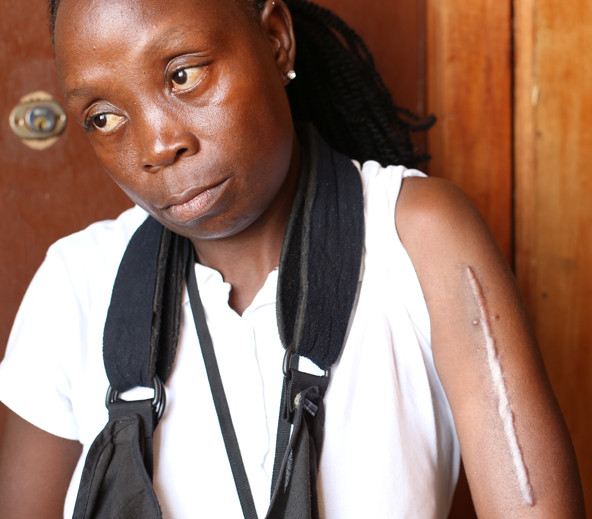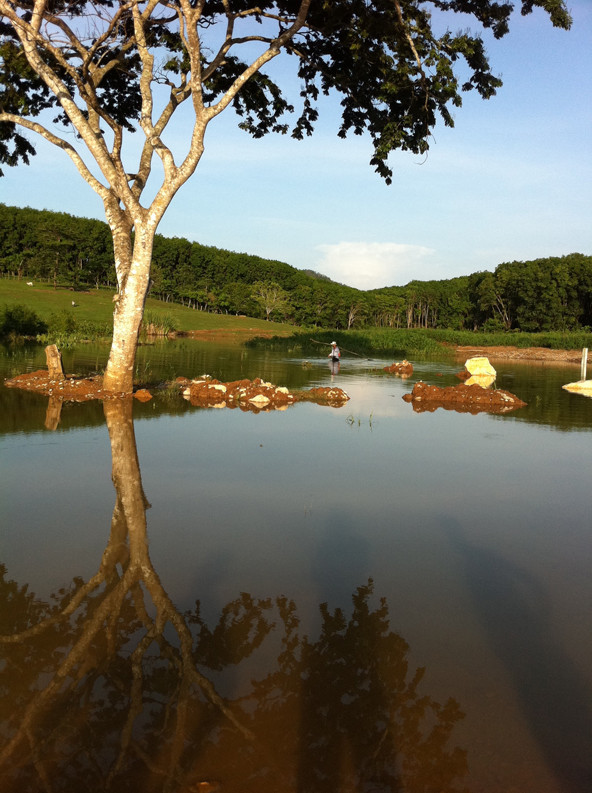During coffee breaks at the past two annual Social Capital Markets (SOCAP) conferences, I’ve asked dozens of impact investors: Do you evaluate and mitigate the risk of social or environmental harm that your investments might cause?
By and large, they all say “no.” And given their focus on scaling up positive solutions to global problems, perhaps that’s not surprising. But it’s also not good. While impact investors rightly focus on positive investment returns, they should also be on the lookout for the social and environmental harm that their investments might cause—because in the final analysis, some of those investments do more harm than good. If impact investors adopted a stronger focus on rights-based development and accountability, they could make better decisions and improve their impact.
The Risk of Scaling Harm
Consider: Investors in traditional energy sectors routinely apply policy and accountability frameworks to manage their social and environmental risks. The sorts of risks associated with impact investments, such as investment in a biomass energy project, aren’t any less important to investigate and address than risk of harm from, say, a coal mine.
 A Buchanan Renewables worker injured when a tree fell on her as a result of poor safety precautions in Liberia. She still suffers and is unable to work today. (Photo courtesy of Accountability Counsel)
A Buchanan Renewables worker injured when a tree fell on her as a result of poor safety precautions in Liberia. She still suffers and is unable to work today. (Photo courtesy of Accountability Counsel)
Are you enjoying this article? Read more like this, plus SSIR's full archive of content, when you subscribe.
Here at Accountability Counsel, we’ve seen first-hand how projects sold as impact investments can have devastating effects. Take, for example, a biomass project in Liberia that sent family farmers into poverty, and contaminated water supplies amid sexual abuse and labor rights violations. Or another project in Mexico, where construction of a small hydro facility began through illegal land acquisition, and endangered both a water supply and the safety of an adjacent dam curtain before the project was stopped. In both cases, investors genuinely thought they were benefiting their host communities. And yet their failure to take risks of social and environmental harm seriously ultimately led to catastrophic financial, human, and environmental outcomes.
 A hydropower project flooded an access path along a creek in Oaxaca, Mexico. The project was stopped through a negotiated agreement. (Photo courtesy of Accountability Counsel)
A hydropower project flooded an access path along a creek in Oaxaca, Mexico. The project was stopped through a negotiated agreement. (Photo courtesy of Accountability Counsel)
Due Diligence Done Right
The case for investigating possible harm is clear. So the question then becomes how to do it well.
Notably, in the Liberia and Mexico examples, the investors’ policies required due diligence. But such rules are meaningless if they are treated as “tick-the-box” exercises. Investors need to do earnest social and environmental due diligence. That means asking questions like: Who owns this land? How do you know? Does anyone rely on the water we need? Has there been a consultation with the people who could be impacted by our proposed actions?
It also means developing a plan to avoid and mitigate any identified risks. We have found that most projects involving land, water, and laborers present at least some risk. The IFC Performance Standards provide a good starting point for developing relevant questions and appropriate plans.
A Framework for Accountability
When failure happens—as it can, even when an investor does engage in earnest due diligence—then the people harmed need a forum to raise grievances. Thankfully accountability offices, such as the Compliance Advisor Ombudsman (CAO), exist for just this purpose. Reporting to the president or board of institutional investors such as the International Finance Corporation (IFC) and dozens of others, these offices receive and evaluate complaints about social and environmental harm. They provide compliance review to determine compliance with due diligence and project monitoring rules and issue public findings, and also dispute resolution services, sometimes hiring mediators to address conflicts at the local level.
If run effectively, when compared with courts, accountability offices can offer a cheaper, faster, and even fairer forum for all parties to address disputes. They also serve institutional investors by providing valuable third-party input on governance (for example, by reviewing an investor’s policies for soundness and its activities for compliance) and by assessing impact (weighing an investor’s positive impact against any harm caused).
Pioneering Due Diligence and Accountability Advances
Ultimately, impact investors could lead the finance field by adopting best practice social and environmental due diligence standards and an accountability framework. To seal the deal, they could also create a freestanding accountability office, possibly hosted by an organization such as the Global Impact Investing Network. This office could employ a small secretariat staff, compliance investigators, and a roster of dispute resolution experts. It could be run as a membership institution, with a small fee paid by all members who would have access to the accountability office as complaints are filed.
In a 2008 article, my colleague, Professor David Hunter, and I argued for such a mechanism to cover development finance institutions that currently have accountability offices (and some that don’t). Our goal: a system that is more independent and efficient than the existing one, in which each institution (albeit with varying success) creates its own accountability office. While that concept may not be ripe quite yet for large bureaucratic institutions, it is for private firms that specialize in impact investing.
Grounding mission-driven investing in human rights and environmental accountability is the right thing to do. Not only will it benefit consumers of impact products, but also people and our planet as a whole.
Support SSIR’s coverage of cross-sector solutions to global challenges.
Help us further the reach of innovative ideas. Donate today.
Read more stories by Natalie Bridgeman Fields.

